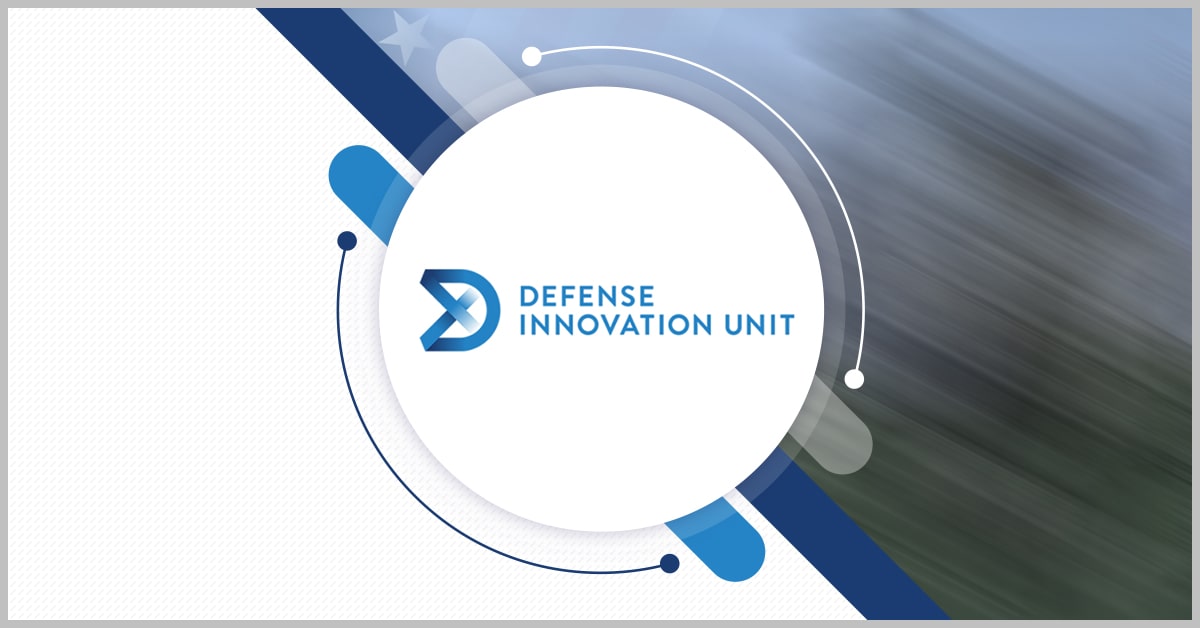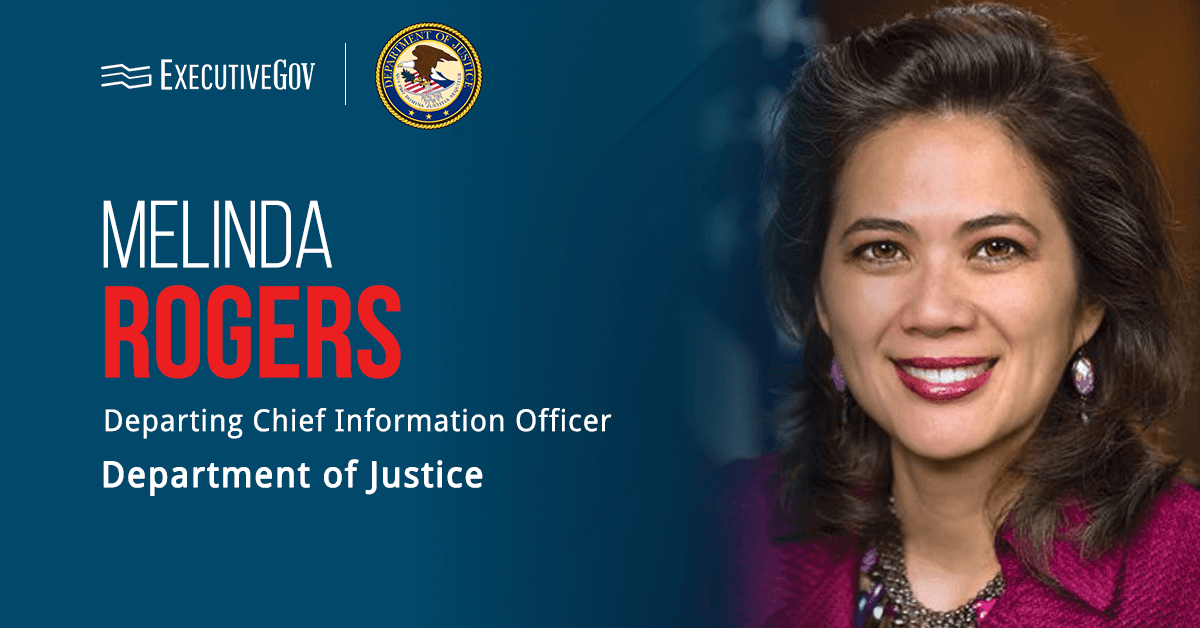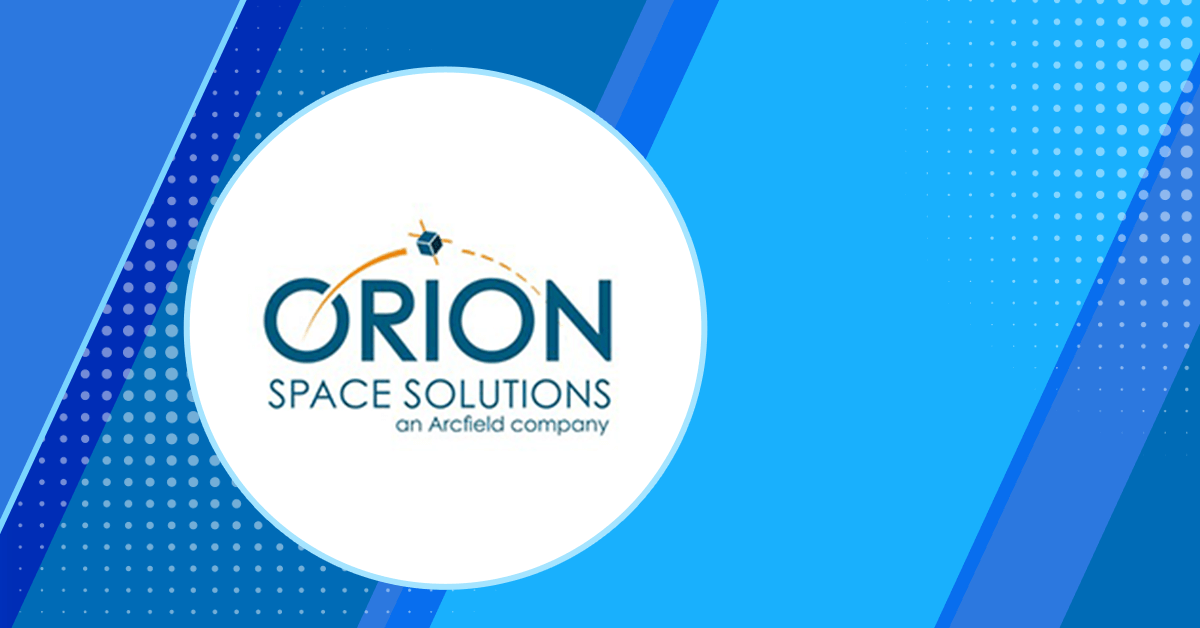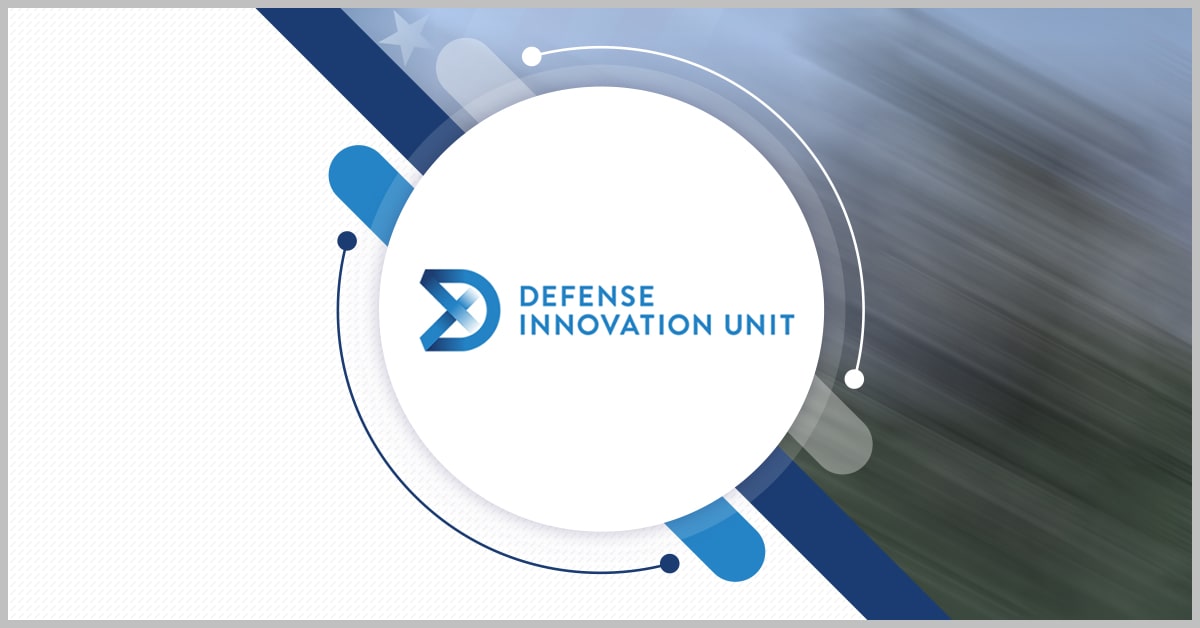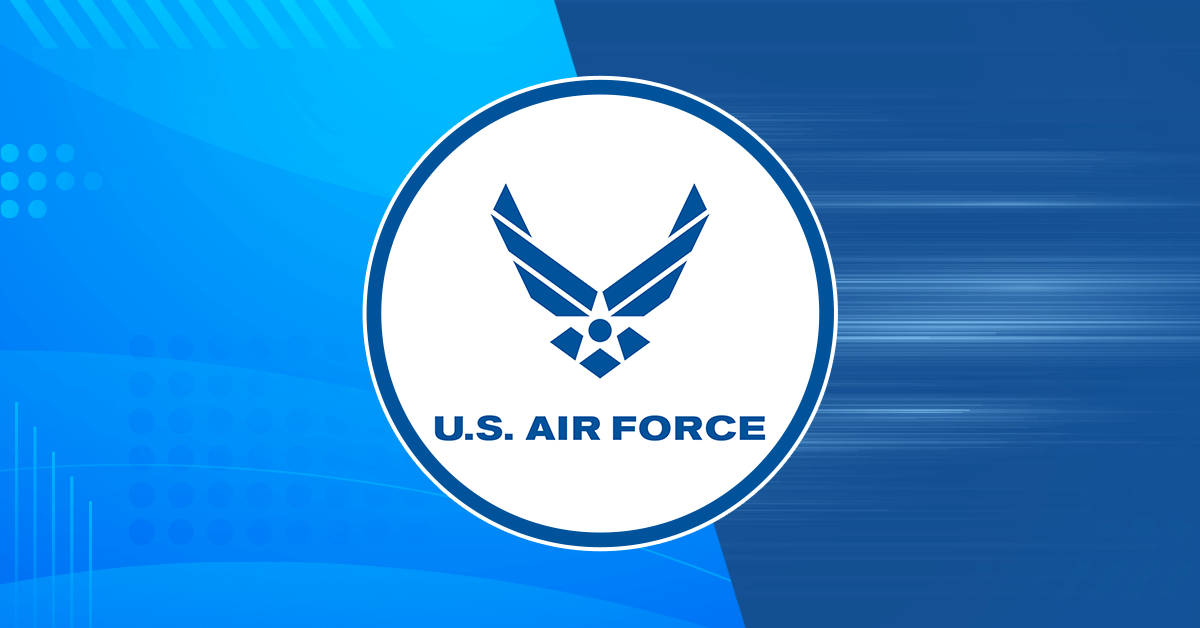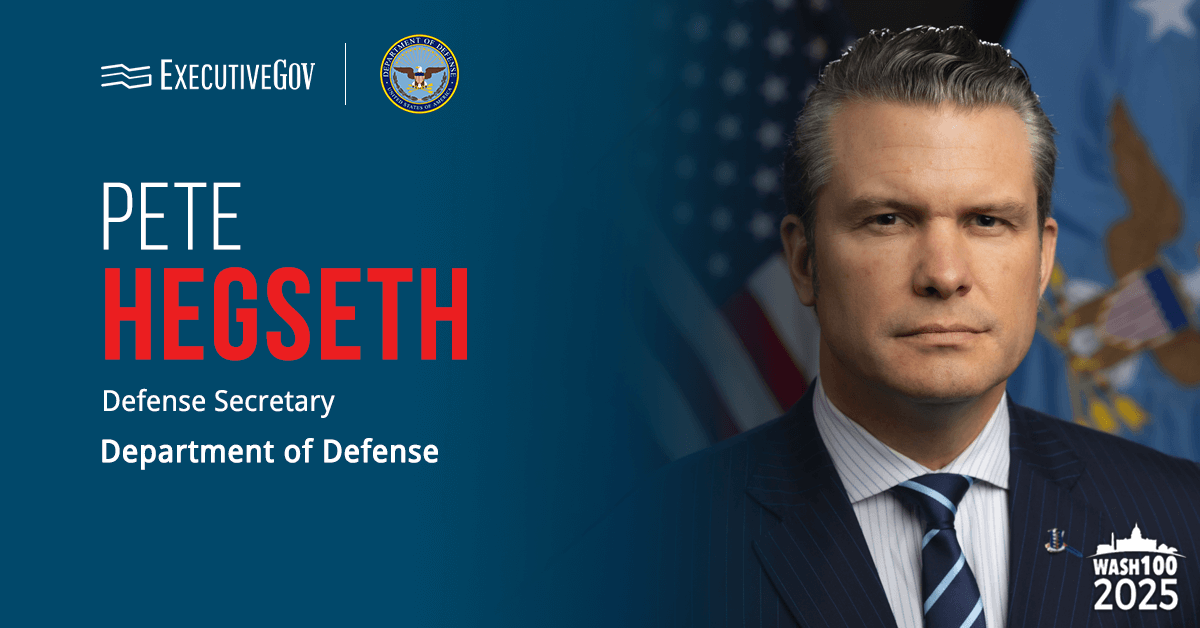The Defense Innovation Unit is asking industry to propose uncrewed aerial systems and supporting items through its newly launched Project G.I. agile development and deployment process for unmanned systems.
According to DIU, the three-phase Project G.I. program, which has a $20 million prize funding pool, will accelerate the identification, assessment, iteration and integration of ready-now autonomous solutions at scale for participating units.
The agency is interested in less exquisite small and medium uncrewed aerial systems with a high technical readiness level for rapid adaptation to military needs. DIU will hold a webinar on June 17 to answer questions from interested parties. All submissions under the program’s design reference missions should feature mature, mission-ready capabilities that can participate in live evaluations within three months following the solicitation’s release.
Table of Contents
Project G.I. Design Reference Missions
The program will evaluate UAS units and other items under three design reference missions, namely First Person View Effects, Kill Chain and a soon-to-be-published emerging problem set.
Proposals for FPV Effects, which aim to develop capabilities for kinetic attacks, should be received by July 10, while submissions for Kill Chain are due Aug. 15.
Project G.I. Phases
Phase one is focused on proposal evaluation and downselection. Selected companies are eligible for up to $50,000 each and will continue to the second phase.
A live demonstration event oriented on a specific design reference mission will be held during phase two. Based on user feedback and evaluation during the demonstration, vendors will be notified if they will advance to phase three and receive up to $500,000 each.
Based on performance in phase two, end-user feedback, capability maturity and available funding, the government may pursue one or more of the following actions during the third phase:
- Provide cash prizes of up to $3M per company to incentivize further maturation.
- Procure and deliver selected systems to partner units for extended testing, assessment and training.
- Issue a request for prototype proposal and award a prototype other transaction agreement for further prototyping.
Hands-on Testing
Project G.I. will involve warfighters early in the process, allowing them to test and evaluate products and provide feedback. “Doing this at speed will in turn help catalyze the necessary scaling and readiness through major acquisition and training efforts across the Services that will deliver strategic impact – and will simultaneously support the flywheel of American private sector dynamism in delivering against that strategic need,” said Doug Beck, director of DIU.


